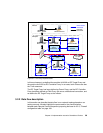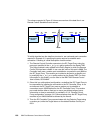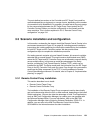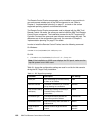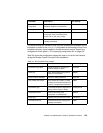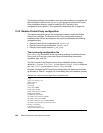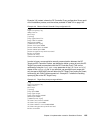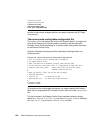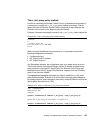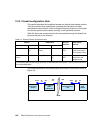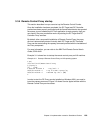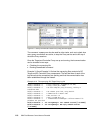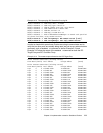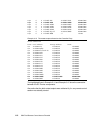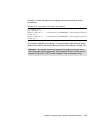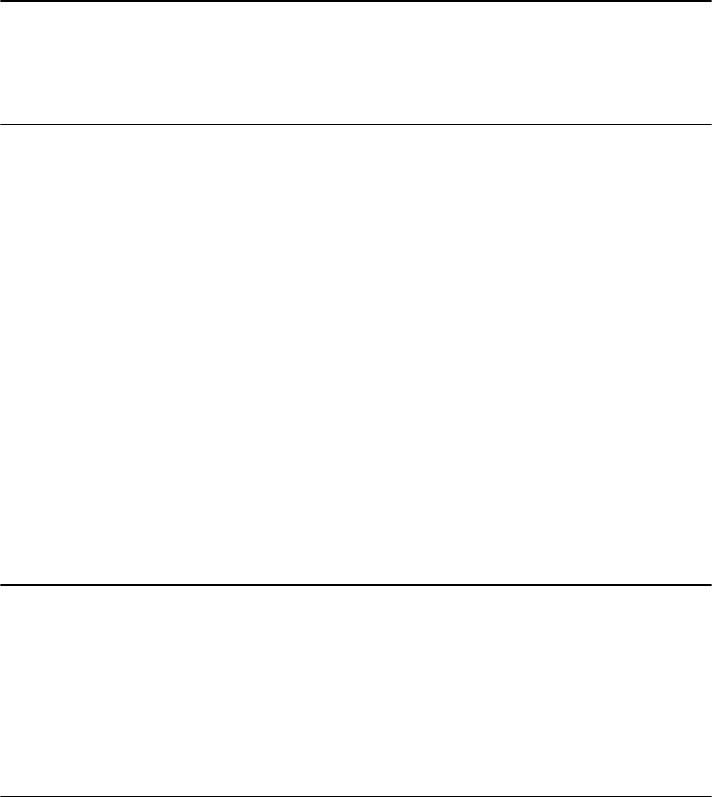
Chapter 3. Implementation scenario: Standalone Proxies 107
The rc_def_proxy policy method
In order to customize the Remote Control Proxy in a Standalone environment, it
is necessary to modify the rc_def_proxy policy method accordingly. This file
determines how the Remote Control Proxies usage will be done and how the
Controller can connect to the Targets across the firewall.
Example 3-9 shows the settings we used in our rc_def_proxy policy method file:
Example 3-9 The rc_def_proxy policy method contents
#!/bin/sh
#
# Default value: NO
echo "YES manual 9.3.4.169 8888"
exit 0
When using the StandAlone proxy mechanism, it is required to provide the
following configuration information:
Configuration type
RC Target Proxy IP address
RC Target Proxy port
In a Standalone scenario, the configuration type
must always be set to manual.
This means that the Controller will always use the IP address provided in the
policy method to reach the RC Target Proxy. The Remote Control Proxy port
identifies the port the RC Target Proxy listens for requests from the Controller,
which in our scenario is 8888.
The wgetpolm and wputpolm commands are used to modify the rc_def_proxy
policy method settings. Example 3-10 shows how to perform these changes in
our testing scenario, where we use our own policy, named STDAlone, and not the
default policy RemoteControl_PDO:
Example 3-10 How to modify the rc_def_proxy policy method
wlpol -d RemoteControl
RemoteControl_PDO
STDAlone
wgetpolm -d RemoteControl STDAlone rc_def_proxy > temp_rc_def_proxy.sh
modify the rc_def_proxy.sh accordingly to Example 3-9
wputpolm -d RemoteControl STDAlone rc_def_proxy < temp_rc_def_proxy.sh



